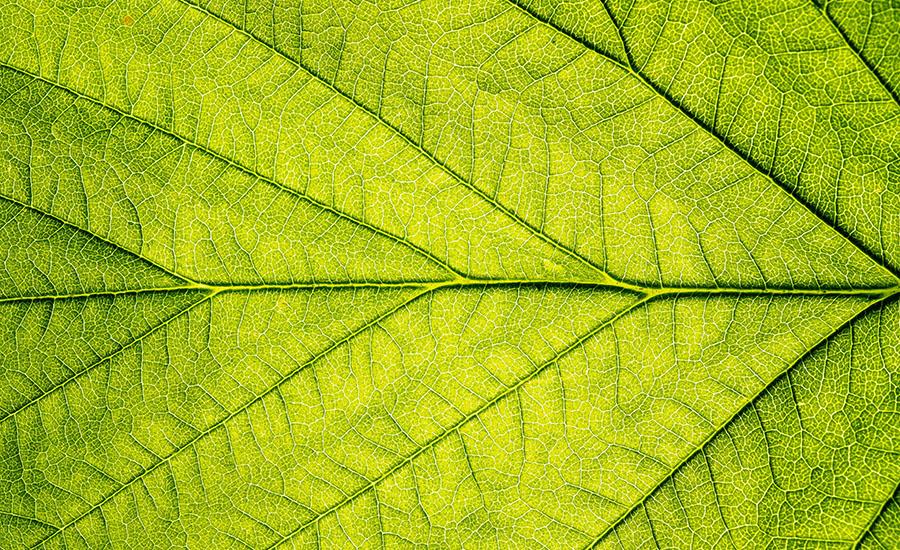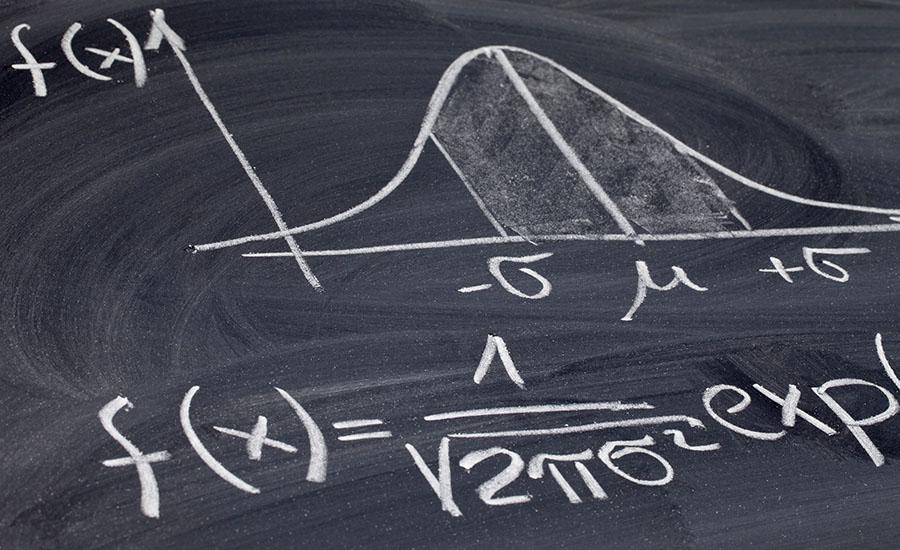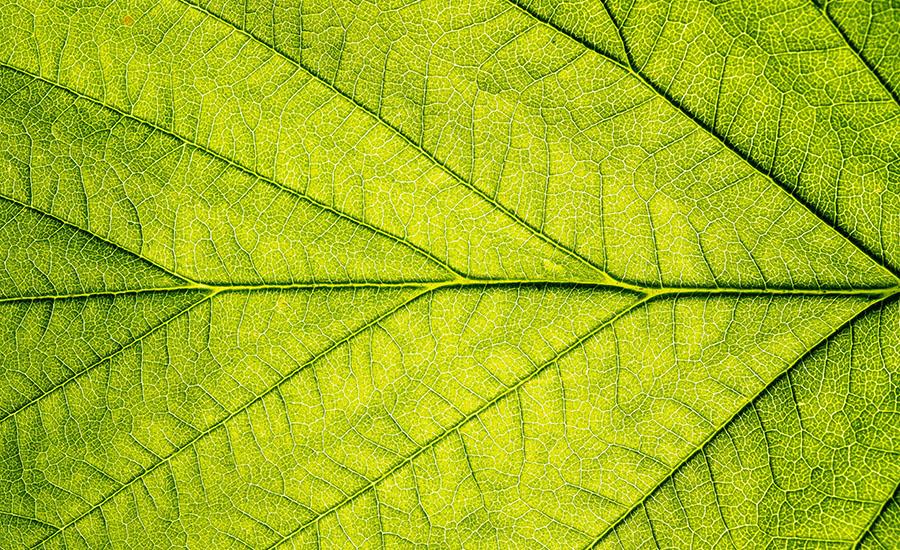
Plant Pigment Chromatography: Do plants and Leaves Contain the Same Pigments?
by Scott Milne
In this lesson, students will collect flower and leaf samples from around their school campus and return to the lab to conduct chromatography to separate pigments in their samples. Students will learn about the electromagnetic spectrum, why leaves and flowers appear as the colors we see and what the functions of these colors are. Students will learn about a simple form of chromatography, paper chromatography, and analyze the pigment types found in each of their samples by calculating the Rf value of each pigment front. This lesson can lead nicely into a second lesson about plant pigment spectrophotometry and analysis of concentration of plant pigments, or can be taught as a stand alone lesson.
Lesson Plan Link/URL
https://docs.google.com/presentation/d/13Tw-kCqCSoXmPxza9d5DYuAQYjoqqrB2yQoPVXE…Subject Area
Science Physical Science P4: Energy Transfer Life Science L1: Cells L2: Organisms & Energy Mathematics Measurement and Data (MD) Expressions and Equations (EE)
Featured
Off
Related Content

Grades:
9th Grade, 10th Grade, 11th Grade, 12th Grade
This lesson uses a Modeling Instruction approach to developing the graphical and mathematical relationships for Circular Motion for students in Grades 9-12. Students design an experiment, collect data

Featured
Salt Lamps and Plants
Grades:
7th Grade, 8th Grade
Students in this lesson will set up an investigation to see if a salt lamp affects plant growth. They will use what they know about photosynthesis and cellular respiration to make sure the plants have

Grades:
6th Grade, 7th Grade, 8th Grade
This is an 8-lesson unit that is designed to be used together to learn about the health and diversity of your local watershed by placing leaf packs into a water source (natural or man-made ponds